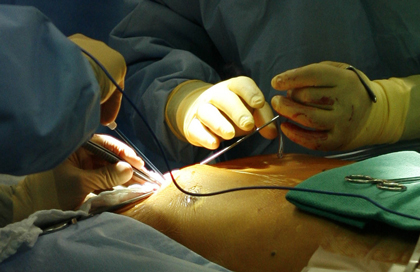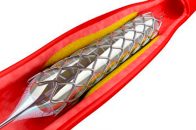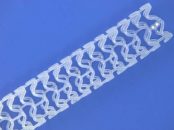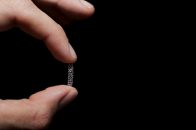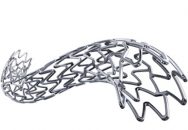The SYNTAX (Synergy Between Percutaneous Coronary Intervention With Taxus and Cardiac Surgery) trial, which included patients with 3-vessel or left main coronary artery lesions, showed that myocardial revascularization surgery (MRS) turned out to be superior to angioplasty with drug-eluting stents (DES), mainly due to differences in acute myocardial infarction and repeat revascularization. Up to this work, patient sensations (which can be…
Post DES Dual Antiplatelet Therapy Still under Debate
The NIPPON trial (Nobori Dual Antiplatelet Therapy as Appropriate Duration) was a randomized study comparing a short dual antiplatelet therapy scheme (6 months) vs. a prolonged scheme (18 months) in patients receiving the Nobori drug eluting stent (Terumo, Tokyo, Japan) with a biodegradable abluminal polymer. It included 3,773 patients with chronic stable angina or acute coronary…
Glycemic control and risk of repeat revascularization
The association between glycemic control after coronary angioplasty and outcomes of the latter is controversial in many studies. We have come to think that the risk lies in suffering from diabetes, as if it was an unmodifiable factor. We have also come to believe that glycemic control can impact microvascular complications while it cannot do…
New generation DES present better results in vein grafts than older DES and BMS
There is little information comparing contemporary drug eluting stents (DES) against bare metal stents (BMS), for PCI in saphenous vein grafts in patients receiving (CABG). This study aimed to assess clinical outcomes after PCI in saphenous vein grafts in patients receiving BMS, first generation DES, and new generation DES between 2006 and 2013. The study…
Everolimus DES are more effective and less costly than conventional BMS
Courtesy of Dr. Guillermo Migliaro. Drug eluting stents (DES) represented the greatest technological advance in the treatment of instent restenosis from conventional metallic stents (BMS), especially cobalt chromium everolimus eluting stents (CoCr EES), which have shown an excellent profile, and are mostly safer, compared to first generation DES. Indeed, several randomized studies and meta-analyzis have…
Biodegradable-polymer stents are as safe as permanent-polymer stents in a 5-year follow-up
Courtesy of Dr. Carlos Fava. One of the questions around drug-eluting stents (DES) is whether the development of biodegradable polymers would derive in better outcomes than the performance of durable polymers as regards the presence of events. In consequence, the COMPARE II trial was carried out with the aim of testing them in “real-world” patients. This…
Leaders Free ACS: Good Results for the Polymer-Free Stent at 2 Years in ACS
Courtesy of the SBHCI. Guidelines recommend dual antiplatelet therapy for a year in patients admitted with coronary acute syndrome. However, patients at high risk for bleeding who receive coronary angioplasty have been historically excluded from studies. The new polymer-free stent BioFreedom allows for the reduction of dual antiplatelet therapy time, due to rapid drug elution…
EVOLVE II: Diabetes Substudy: Results at 3 Years after the SYNERGY Stent in Diabetics
Courtesy of SBHCI Diabetic patients have worse evolution after coronary PCI. Drug eluting stents with bioresorbable polymers were designed to facilitate arterial healing, and reduce inflammation and late and very late thrombosis risk. This sub-study of diabetic EVOLVE II patients presents the 3 year outcomes of the SYNERGY stent. The EVOLVE II included…
DESSOLVE III: Xience vs. MiStent
The MiStent device is made of cobalt-chromium, with struts of up to 64 µm thick. It is coated with a completely absorbable polymer that contains a microcrystalline form of sirolimus that embeds directly into the vessel wall. The drug is eluted continuously for up to 9 months. This was a multicenter noninferiority study that randomized patients…
Promising Outcomes of Overlapping Stents in Patients Undergoing Bioresorbable Scaffold (BRS) Implantation
Courtesy of Dr. Guillermo Migliaro. In regular clinical practice, overlapping stents are reported in up to 30% of patients undergoing coronary angioplasty, especially due to very long lesions requiring implantation of multiple stents or dissection after the implantation of a first stent. In bare metal stent era, overlapping was associated with unfavorable clinical outcomes…
